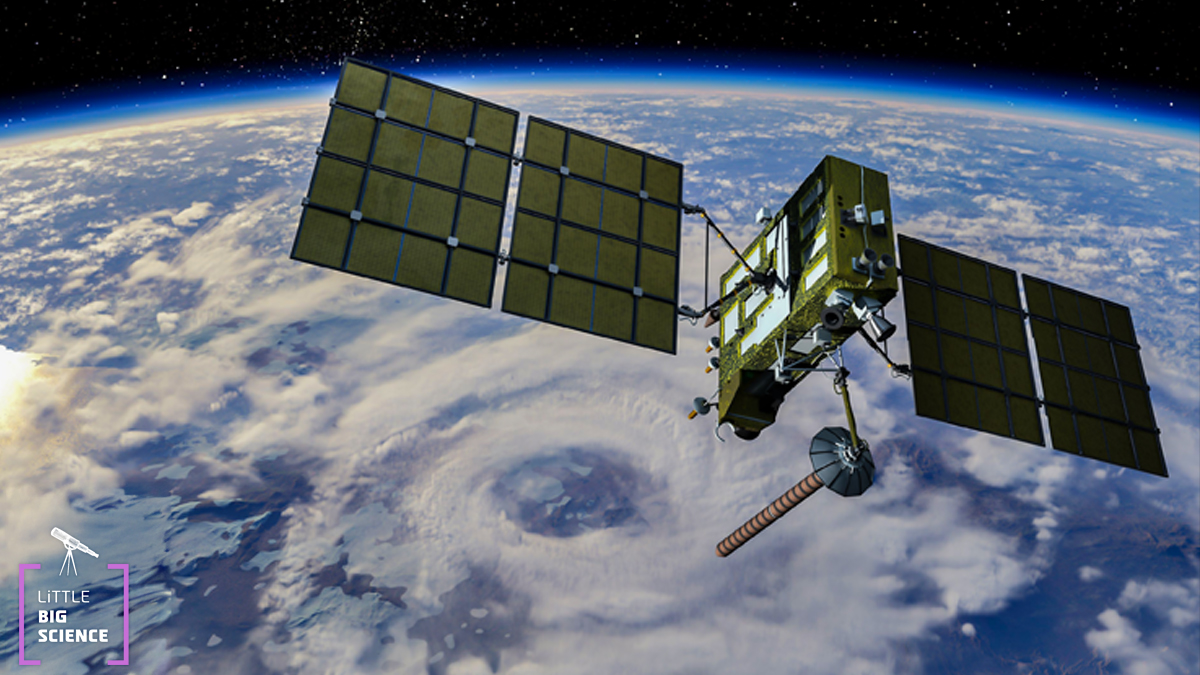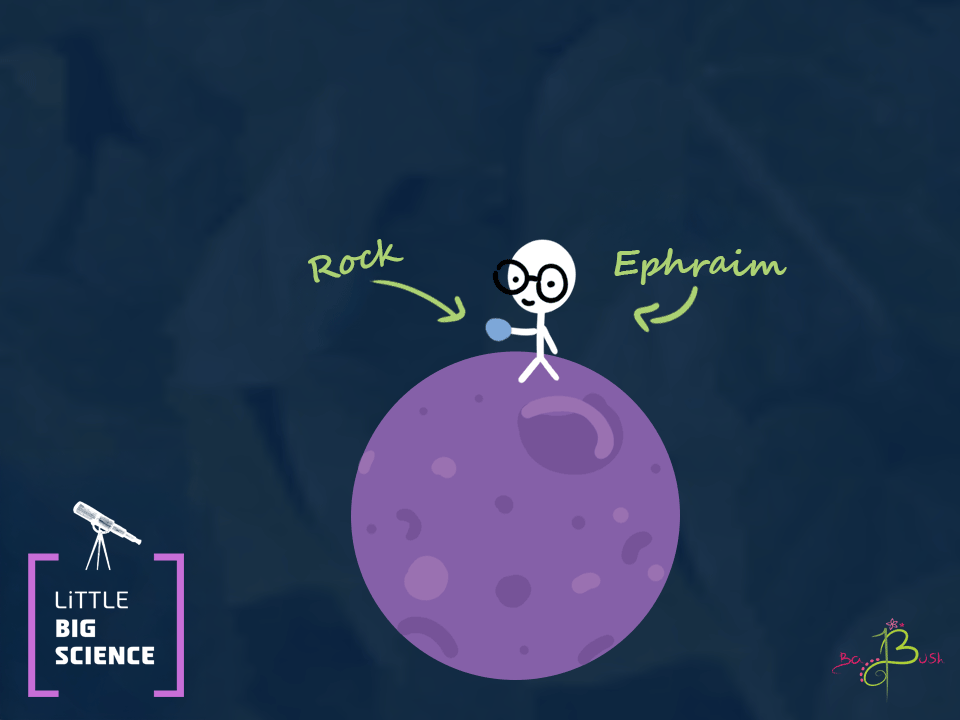
Sometimes we hear in movies about the satellites and spacecraft "entering the planet's orbit". An orbit is the path by which satellites revolve around Earth. What is the difficulty in putting a satellite into orbit? In one word: speed. In eight words: A high speed keeps the satellite from falling.
Advertisement
If you ask most people where space is, they will usually say “far up in the sky”. We tend to think that space is very far away and very hard to reach, and this is mostly true, but not completely accurate. How far away is space? It is about 100 kilometers above sea level. This altitude is considered to be above the atmosphere, because there the air is already extremely thin. For comparison, the distance between the London and the Dover is a little more than 100 kilometers. Most satellites orbit at about three times that height, at about 300 kilometers, which is roughly the distance from London to Paris.
It is relatively easy to build rockets that can reach that altitude. So why do we need such big rockets to get to space? We don’t. We need rockets that big not to reach space, but to stay in space. Reaching an altitude of 100 kilometers and then falling back down requires a small amount of energy. But to reach that height and to remain in space, you have to fly very fast. Extremely fast. Really, really fast. How fast? To stay 100 kilometers above sea level, a satellite must travel at 7.8 kilometers per second. Yes, it is per second. This means that the satellite can cover the distance between the Port of Ashdod and the Port of Haifa in less than 15 seconds.
To understand why the satellite has to travel so quickly, imagine we have a giant named Ephraim. When Ephraim raises his hand, it reaches 100 kilometers above sea level. Ephraim brought a rock home, but his mother didn't want it in the house, so she made him throw it away. Ephraim throws the rock upwards; it heats up as it goes through the atmosphere and into space. Then the rock falls back down onto Ephraim’s head (we are ignoring Earth’s rotation).

When Ephraim throws the rock eastward at a speed of 1 kilometer per second, the rock indeed moves east, but at the same time Earth’s gravity pulls it downward, so it curves as it falls, until it lands back on the ground far from Ephraim..

If Ephraim throws the rock harder, at 5 kilometers per second, it will land farther away. If he throws it at 7.8 kilometers per second, the path will be almost circular, with a radius that is equal to the Earth’s radius plus 100 kilometers. This means the rock will keep moving at the same speed and won’t fall back. Instead, it will stay in space.

To sum up the first part—getting into space is easy. Staying in space is much harder.
In the next part, we will look at how we correct orbits in space, and look at the orbits of “Beresheet”.
Original animations: Inbari Finkelstein
English editing: Gloria Volohonsky







